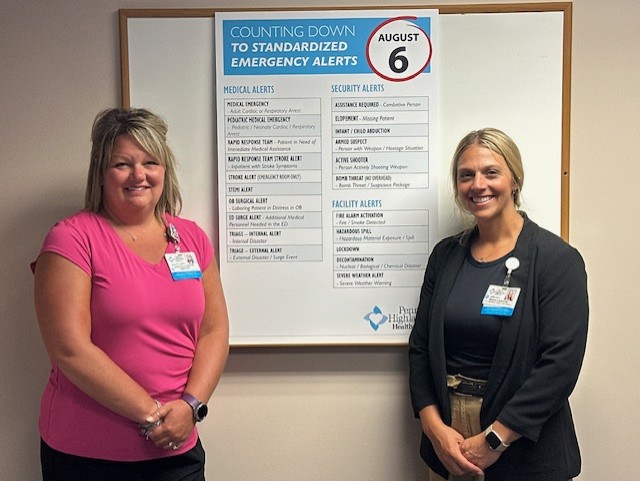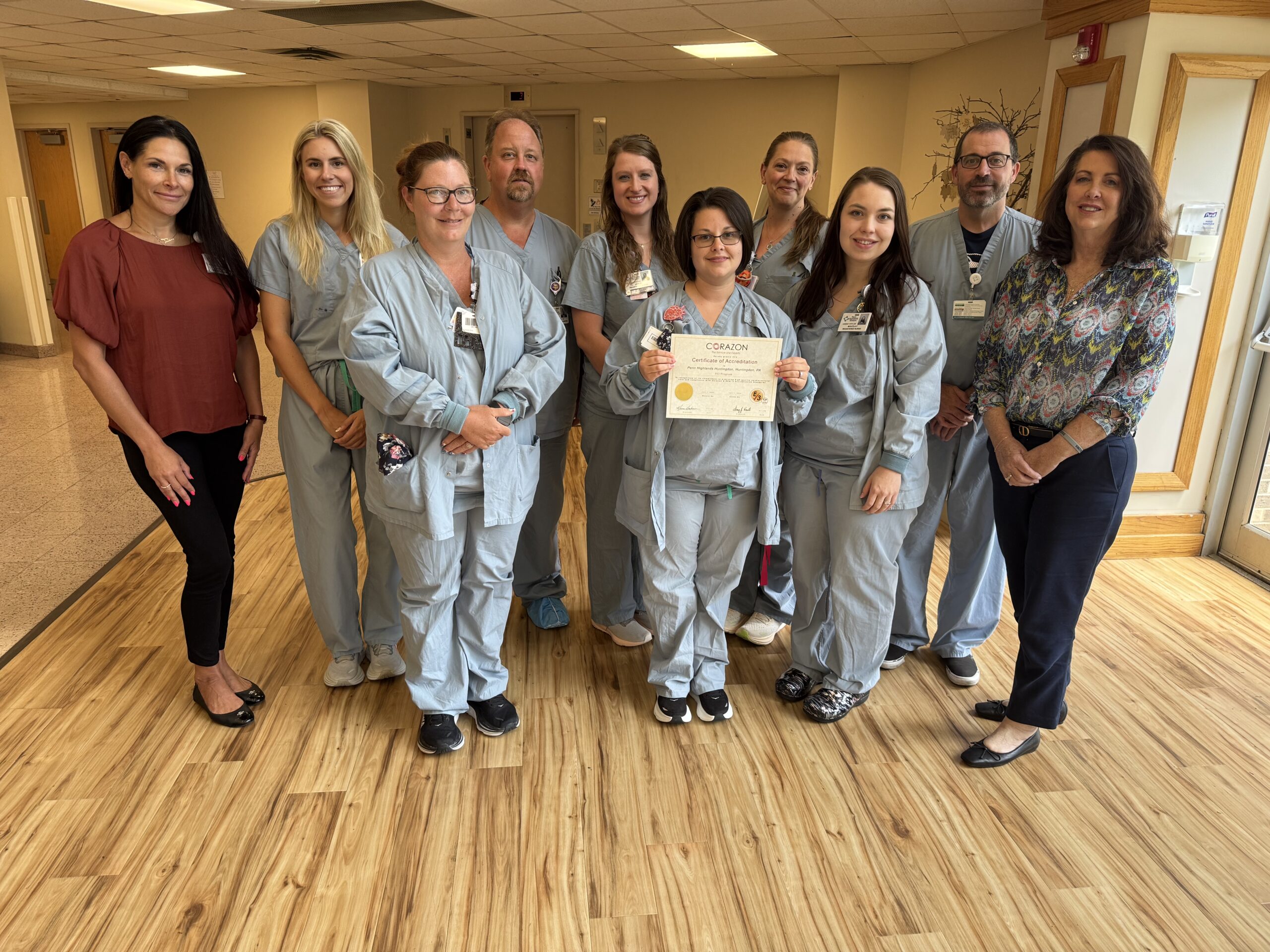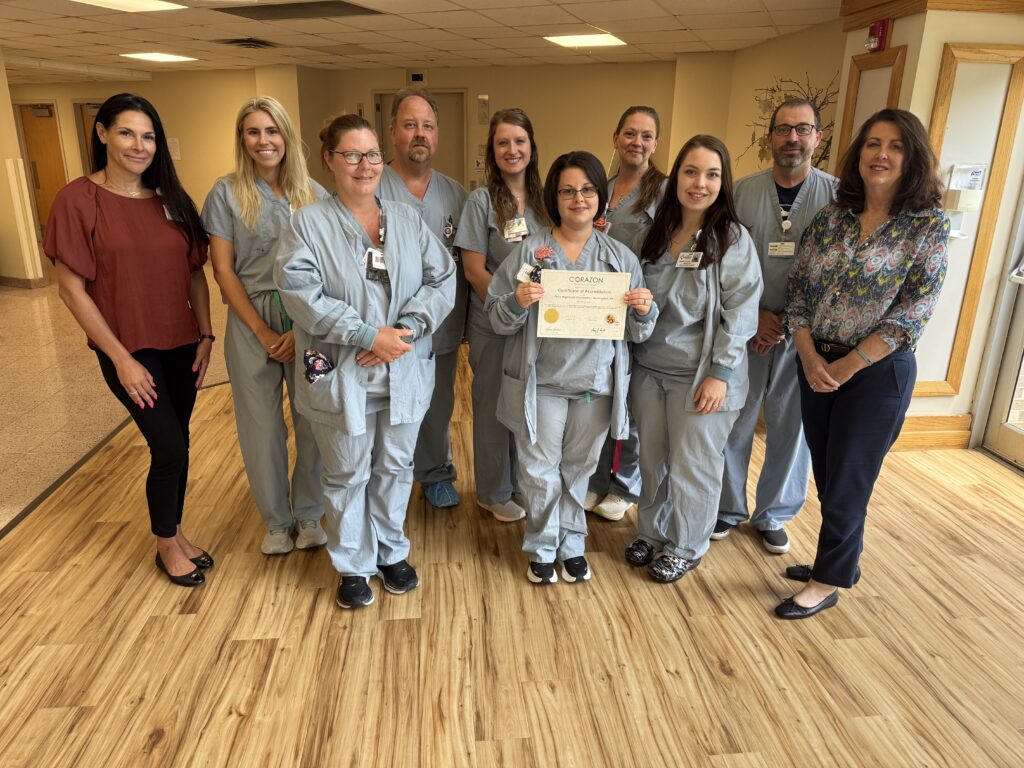Community Invited to Attend and Learn from World-Renowned Experts
State College, PA– Robert Kiyosaki, internationally acclaimed author of Rich Dad Poor Dad and one of the most influential voices in financial education, will appear live at Penn State University on Friday, August 29 as part of a special one-day event: “Rich Dad Revealed: Real Estate, Wealth & Wisdom.”
Hosted in the Nittany Lion Inn Ballroom from 1:00 PM to 2:30 PM (doors open at 12:30 PM), this exclusive event will bring together students, alumni, and the broader public for an engaging and educational experience focused on personal finance, tax strategies, and real estate investing.
Joining Kiyosaki are his trusted Rich Dad advisors:
- Garrett Sutton, Esq. – Asset protection expert and bestselling author
- Tom Wheelwright, CPA – Real estate tax strategist and author of Tax-Free Wealth
- Ted Sutton, Esq. – Business law and structuring expert
“Our mission is to bridge classroom theory with real-world opportunity,” says Mallory Meehan, Clinical Associate Professor of Real Estate and Associate Director of the Borrelli Institute for Real Estate Studies at Penn State. “This is an unparalleled opportunity for students and community members alike to learn directly from global leaders in wealth creation and entrepreneurship.”
This event is part of the Borrelli Institute’s commitment to providing real-world, application-based learning opportunities that prepare students for advanced careers across a wide spectrum of real estate ventures.
Tickets
- Penn State Students: $15
- General Public: $50
- Private Lunch with Speakers (Only 4 Spots Remaining): $150
Register now: https://lnkd.in/eZB6nK2a
Space is limited and tickets are selling fast.
For press credentials, media interviews, or more information, please contact:
Mallory Meehan
Email: mmm446@psu.edu
Clinical Associate Professor of Real Estate
Associate Director, Borrelli Institute for Real Estate Studies
Smeal College of Business, Penn State University






